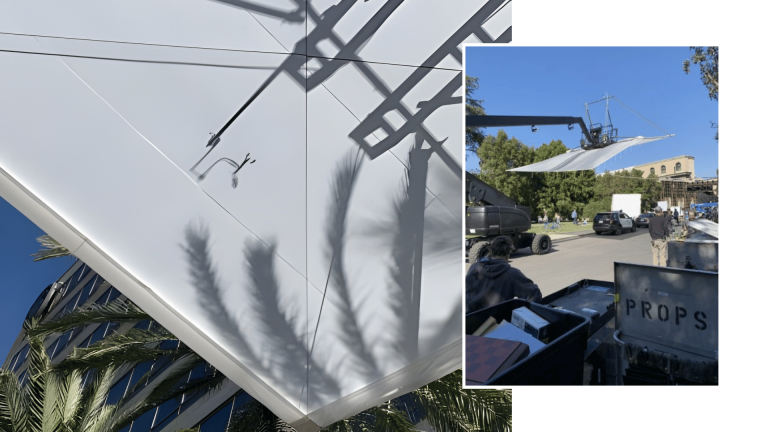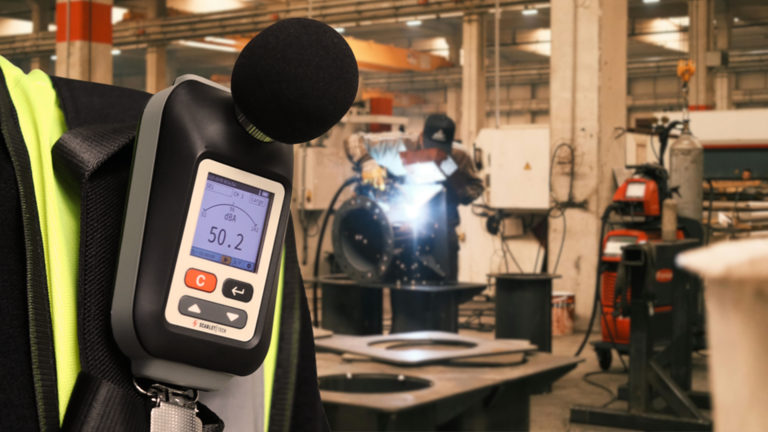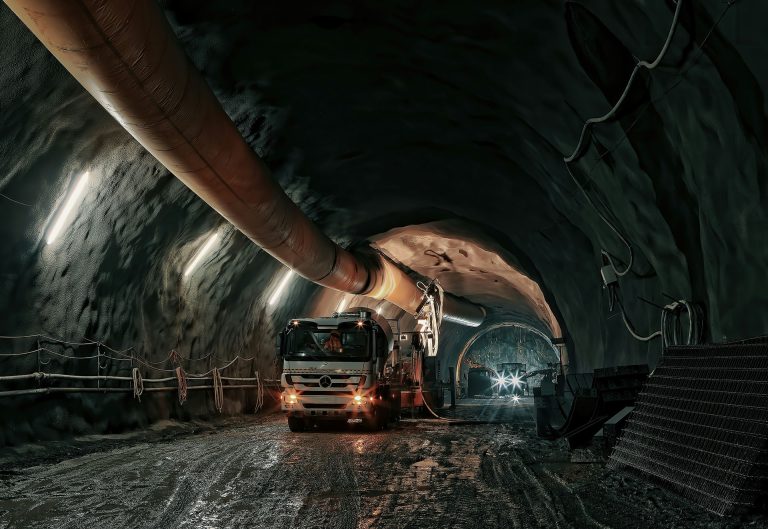Many people often think that sound level meter (SLM) and noise dosimeter are the same, while in fact, they are not. To understand when you should use a sound level meter (SLM) or a noise dosimeter, we must know what each device measures. But, let’s first understand noise levels and how they relate to choosing the appropriate measuring device.
Noise Levels
The 2015 Noise Regulations set noise exposure level and limit values that require employers to take specific action at certain thresholds. The purpose is to prevent or reduce risks to health and safety from exposure to noise at work.
What are the action levels and limit values?
Action Levels:
- Average daily or weekly noise levels exposure of your employees. This is the LEP,d (daily exposure) or LEP,w (weekly).
- The maximum noise (peak sound pressure) employees are exposed to during a working day.
Lower exposure action values:
- Daily or weekly exposure: 80 dB
- Peak sound pressure: 135 dB
Upper exposure action values:
- Daily or weekly exposure: 85 dB
- Peak sound pressure: 137 dB
Limit Values – The levels of noise exposure which must not be exceeded:
- Daily or weekly exposure (LEP,d): 87 dB
- Peak sound pressure (LCPeak): 140 dB
Noise Dosimeters
Noise dosimeters are used to measure the direct noise exposure of an employee. They are small, light-weight, cable-free devices worn on the shoulder close to the worker’s ear to measure noise. Noise dosimeters are ideal for industries where shifts are involved, such as construction (building sites), entertainment (orchestras, music performance) and the emergency services (police). Rather than having a health and safety officer stay with workers throughout the assessment, each employee can be left to his or her own devices while the noise dosimeter takes accurate and detailed measurements throughout the day.
Noise dosimeters work by storing sound level measurements to provide an average noise exposure reading for a specified period, such as an 8-hour workday. The second-by-second measurements provided by noise dosimeters are ideal for performing detailed analyses of daily patterns in an exposure. In short, a noise dosimeter is perfect for personal noise measurements.
Sound Level Meters (SLM)
While a noise dosimeter is perfect for personal use, there are some measurements in which an SLM is needed. For instance, when you need to know the overall noise level of a machinery or a certain area, then you will need a sound level meter. SLM measures equivalent sound levels at a particular location. There are two types of sound level meters: Class 1 and Class 2. Class 1 sound level meter is the ‘precision’ grade meter, while Class 2 sound level meter is the ‘general grade’ meter.
Depending on needs and use, either Class 1 or Class 2 types both were accepted under the noise regulations. For heavy-duty industries such as construction, traffic assessment, laboratory assessment in which a wider sound frequency range and narrower tolerances are needed for higher accuracy, Scarlet Class 1 Sound Level Meter ST-12D is an ideal option.
If you are still not sure about what a Class 1 sound level meter is, you can read more here.
In short,
- Sound Level Meters: when you need to know the noise level of a particular area/location or process.
- Noise Dosimeters: when you need to find out a specific person/employee’s direct noise exposure.
Ask Anything
Scarlet is ready to help and offers a great solution for you, feel free to send your inquiries to info@scarlet.com.tw and let our professional team and experts assist you. Get a fast response within a few hours here.



